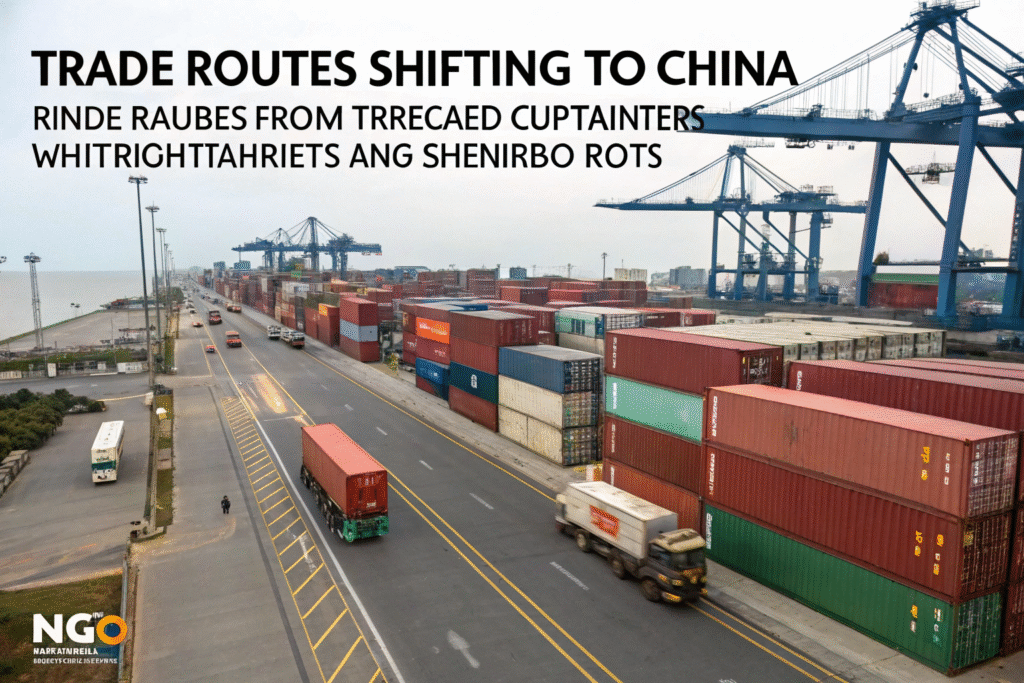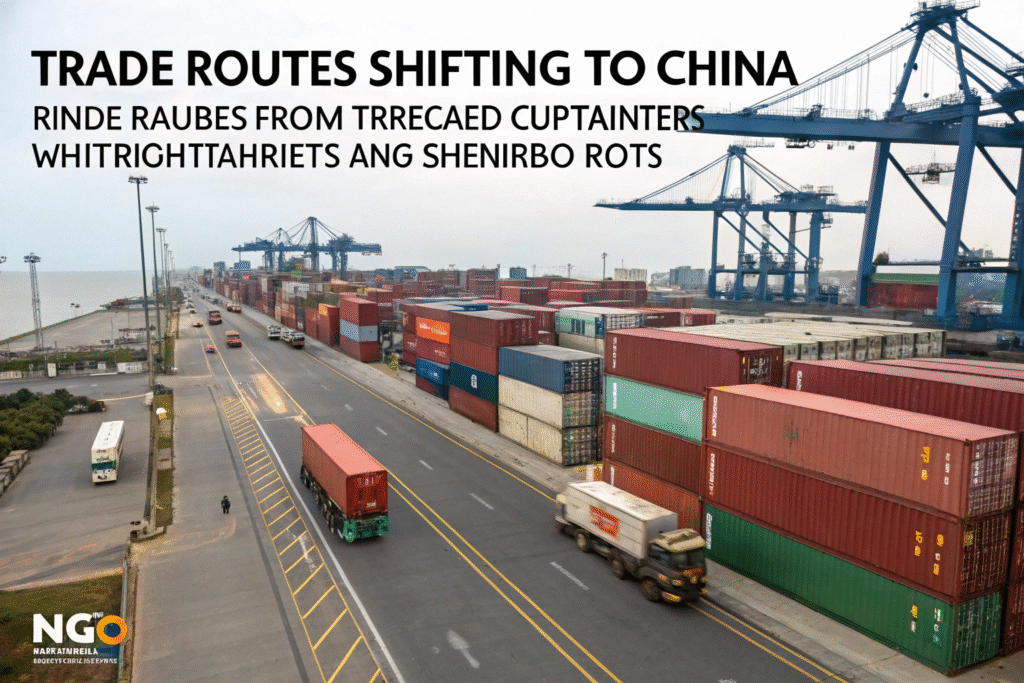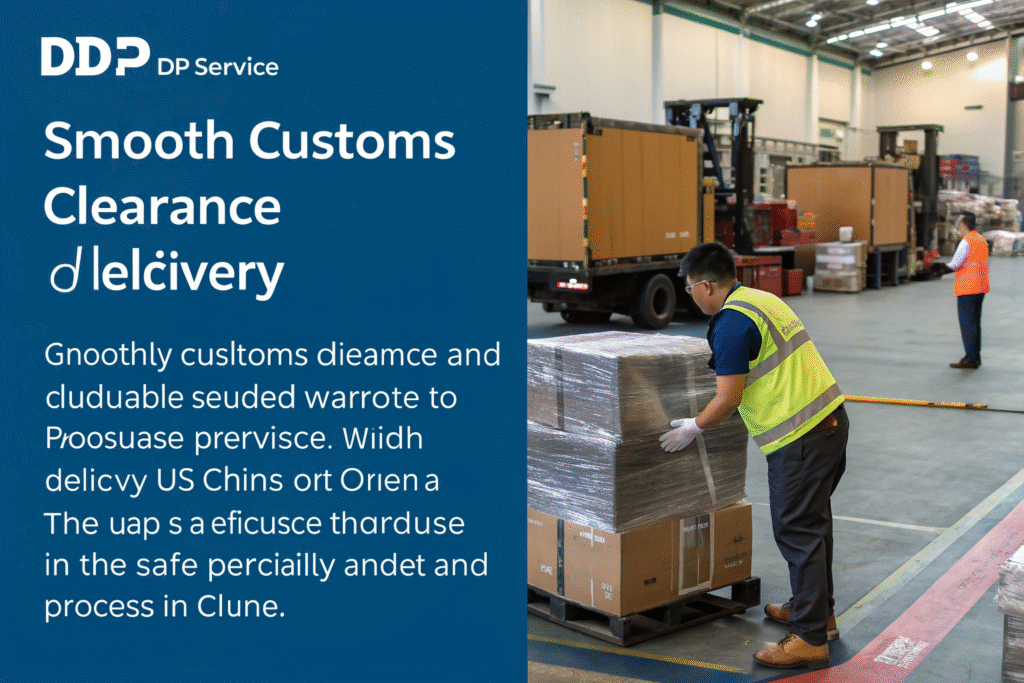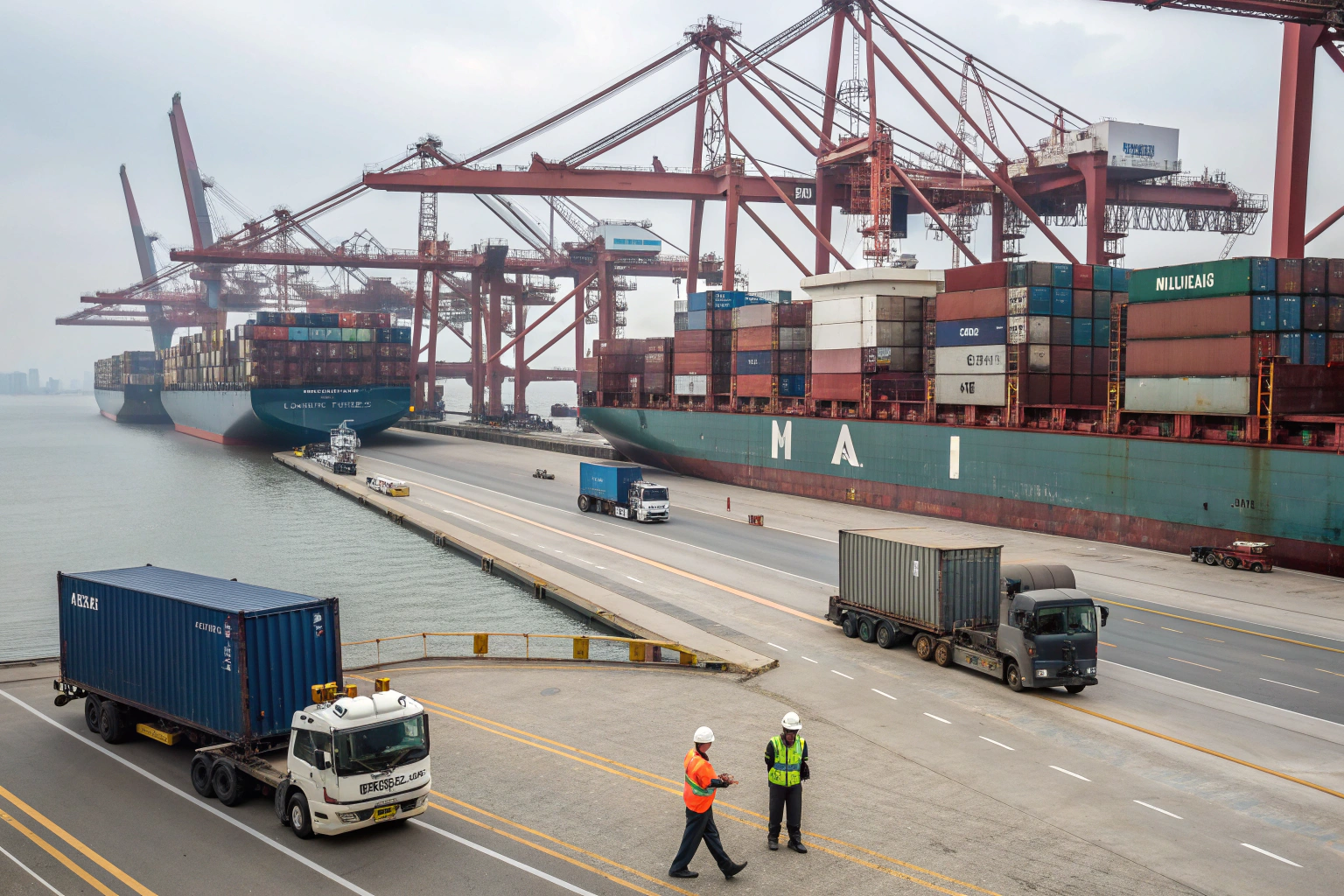As a veteran freight forwarder serving clients across North America and Europe, I’ve seen firsthand how global policy changes reshape logistics decisions. The recent 50% US tariffs imposed on Indian imports are no exception—they’re already disrupting long-held sourcing patterns.
The new India tariffs are forcing US buyers to reconsider their sourcing strategies, and many are now turning more aggressively to China. This shift may seem to drive down your per-unit product costs, but it could have surprising ripple effects on your China-US shipping costs.
Before you reroute your supply chain through China, you must understand the downstream implications—especially when freight markets are still recovering from volatility. In this article, I’ll walk you through what to expect, how to prepare, and how you can protect your margins.
Will India’s Tariffs Really Drive More Volume to China?

We’ve already seen buyers scramble to reduce exposure to India. Those dealing in textiles, accessories, or gifts are especially affected. Many clients who previously split production between India and China are now doubling down on Chinese suppliers, particularly from coastal provinces like Zhejiang, Guangdong, and Fujian.
India’s tariff shift is making Chinese production a safer bet for US importers in the short term—but it’s also making Chinese port space more competitive.
How Will US Buyers React to India's Tariffs?
Buyers focused on minimizing cost and delay are not hesitating. According to recent trade reports, some large US importers are shifting 30-50% of their India-sourced goods to China. That means more shipments through freight services from China and increased bookings on DDP (Delivered Duty Paid) lanes.
This move creates demand surges at top Chinese ports like Ningbo, Shenzhen, and Shanghai, which are already nearing their throughput limits during peak months.
Are Chinese Ports Ready to Handle the Extra Load?
China's port infrastructure is strong, but it’s not immune to overflow. With more containers arriving from inland factories and fewer available berths due to rerouted India freight, even small bottlenecks can result in booking delays and price hikes.
For example, Ningbo has seen increases in container dwell times during the last two months. Add in extra volumes previously headed to Mumbai or Chennai, and we’re looking at higher congestion fees and slower customs handoffs unless forwarders act fast.
Will Freight Prices from China to the US Increase?

Tariffs don’t just raise the price of Indian goods—they indirectly squeeze freight availability from other countries. And China, as the world’s largest exporter to the US, will feel the squeeze first.
More demand means less space and higher rates. Air and ocean freight from China are already rising, and the trend is likely to accelerate through Q4.
What Happens When Capacity Gets Tight?
Ocean freight space is already seeing the ripple effects. With India sidelined, US retailers are front-loading fall and winter orders through Chinese manufacturers.
This is triggering GRI (General Rate Increases) from liners like CMA CGM and surcharges from Maersk. Clients shipping via FCL (Full Container Load) and LCL (Less than Container Load) must now negotiate harder to lock rates or secure earlier bookings.
Should You Expect Higher Peak Season Surcharges?
Absolutely. Q3 and Q4 are traditionally high-volume months. When you add a political shift like this, liners see an opportunity to implement new fees:
- PSS (Peak Season Surcharge)
- EBS (Emergency Bunker Surcharge)
- Congestion Fees
Expect these to show up in your cost breakdown. If you haven’t included buffer margins in your logistics budget, your unit profit may suffer more than the Indian tariff would have cost you.
Will DDP Service Offer More Stability During These Shifts?

Amid this uncertainty, many clients are switching to our DDP (Delivered Duty Paid) service for better control and cost predictability.
With DDP, all duties, taxes, and delivery logistics are included in one transparent rate—meaning you avoid freight surprises caused by global policy changes.
Why Are More Importers Choosing DDP?
DDP lets you shift sourcing to China without also inheriting freight volatility. Because we manage every aspect of the process—from factory pickup to US customs clearance and final delivery—you gain:
- Fixed landed costs
- No hidden customs fees
- Streamlined paperwork
This is especially helpful when reacting quickly to geopolitical changes. Our China-to-US DDP service now supports clients in 30+ US states with guaranteed timelines and tracked delivery.
How Can DDP Avoid Tariff Delay Pitfalls?
Tariffs don’t just increase cost—they cause backlogs in customs processing. But our DDP routes are already pre-cleared, and we coordinate directly with US port brokers to expedite delivery.
With export customs clearance done at origin and import handling done by our bonded agents, your goods face fewer inspections, fewer fees, and no hold-ups from unexpected policy changes.
How to Plan Your Next Move to Maximize Profits?

Smart buyers are not just reacting to tariffs—they’re using them as opportunities to optimize logistics strategies.
Diversification, real-time visibility, and pre-negotiated contracts are your strongest defense against freight risk and cost inflation.
Should You Diversify Beyond Just China?
Yes. While China offers unmatched production speed and logistics capacity, it’s wise to avoid over-concentration. Explore secondary sourcing options in:
| Country | Key Products | Shipping Lane Access |
|---|---|---|
| Vietnam | Apparel, Shoes | South China Sea, Haiphong Port |
| Bangladesh | Cotton Garments | Chittagong Port to US East Coast |
| Indonesia | Accessories | Jakarta and Surabaya lanes |
However, ensure that export compliance, quality controls, and logistics readiness match your China suppliers.
What’s the Best Way to Reduce Freight Risk?
A stable freight strategy now requires:
- Booking capacity 4–6 weeks in advance
- Consolidating shipments to save on LCL
- Partnering with forwarders offering GRI-proof rate contracts
- Leveraging real-time cargo tracking tools
At GeeseCargo, we proactively monitor congestion alerts across 10+ Chinese ports and help clients re-route in real time if bottlenecks arise.
Conclusion
The new US-India tariffs are causing more than just diplomatic ripples—they’re actively reshaping global supply chains. For US buyers turning to China as a safer alternative, the change could mean faster production but also higher freight costs if left unmanaged.
By leveraging DDP, locking in freight early, and working with a reliable partner like GeeseCargo, you can stay ahead of tariff-related disruptions and protect your logistics profitability.
Need help optimizing your China-US freight route after the India tariff shift? Contact our logistics strategist Ben Zhu at benzhu@geesecargo.com to get a tailored quote and strategic roadmap for your shipments.









